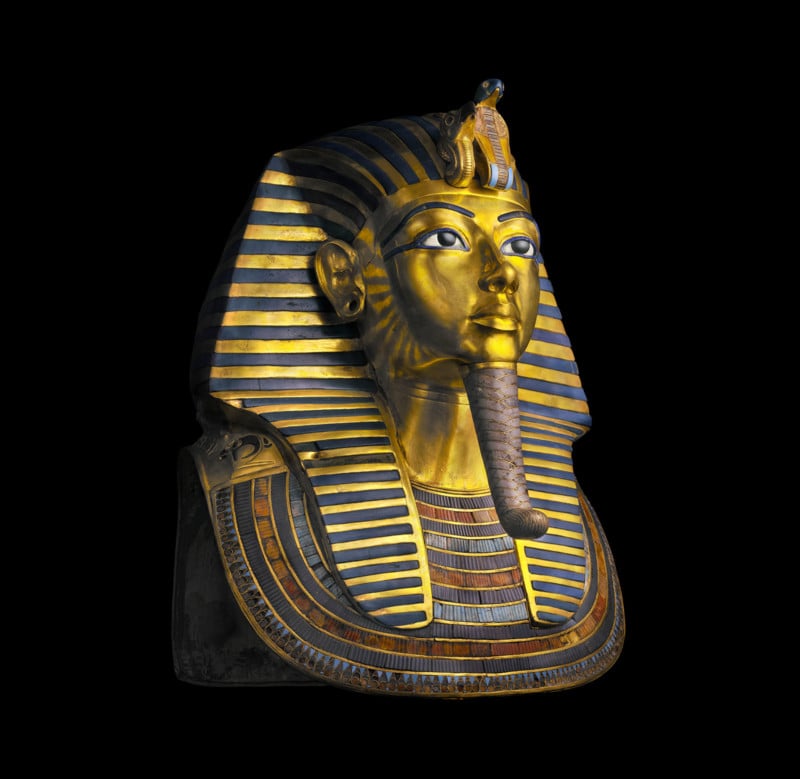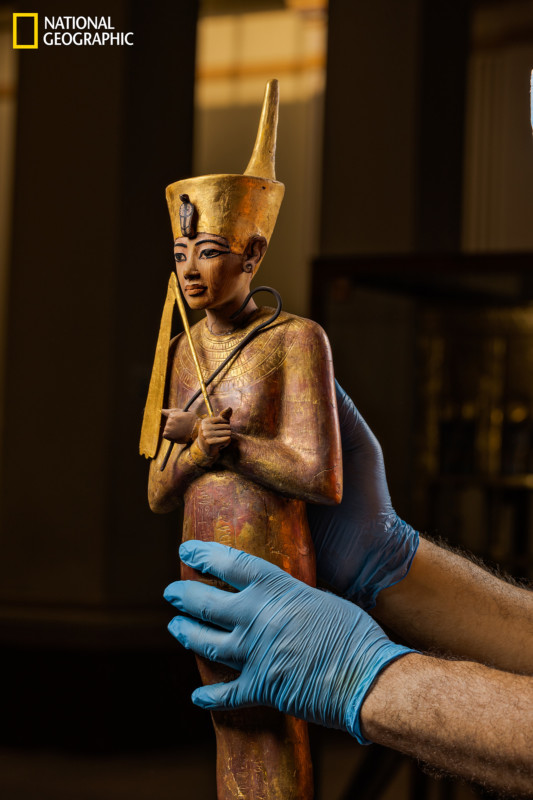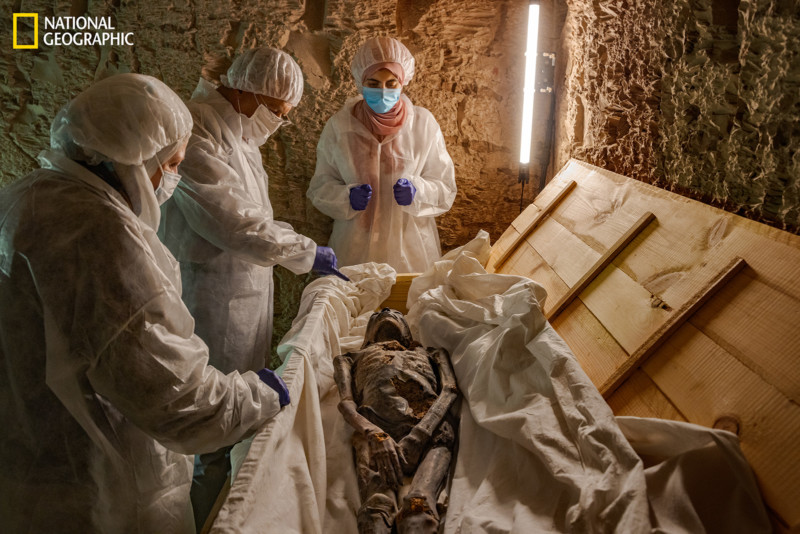NatGeo’s New Photos Bring King Tut’s Treasures to Life

Just ahead of the 100th anniversary of the discovery of King Tutankhamun’s tomb, National Geographic is featuring a gorgeous assortment of interactive photos that provide access to these treasures.
The artifacts were captured by photographer Sandro Vannini while photographer Paolo Verzone shot photos of the soon-to-open Grand Egyptian Museum, where the curators are working on the artifacts and the preservation of the mummies and more. Verzone, who is an award-winning photographer that has worked with international media for more than 25 years, tells PetaPixel that the whole assignment was like a time-traveling experience.
“The museum is a complete visual experience, with moving artifacts and a constant dynamic energy. While there, I was able to document the meticulous work of the Egyptian scientists restoring the artifacts from the tomb of Tut — it was science and history in perfect harmony, in a 3,000-year loop. Together with the scientific and restoration teams, I had the privilege of documenting the new generation of Egyptian archaeologists at work in the field,” he says.
The starting point of his reporting was was the Grand Egyptian Museum, which when finished in 2023 in an area just outside of Cairo, will be hosting more than 5000 artifacts from the tomb of Tutankhamun.

“Every archeological site had its specifics, and I was impressed by the skills of the excavators/workers in each site I visited. I watched their work for hours, and had such an admiration for their skill and knowledge, which was unique in the fact that it had accumulated for generations. Often, their fathers and grandfathers were excavators too, and their knowledge was passed down through each generation. I imagine that under this system, their knowledge dates all the way back to the workers who built the pyramids,” Verzone continues.

Each curator had a vision and a unique attitude, but all of them had something in common, which I could describe with the word ‘sacred.’ They were approaching each artifact in the most caring and respectful way, and every object or piece was treated like it was carrying the history of all of humankind (and in that sense, they were totally right),” he adds.
Verzone says that he is used to documenting living people, but knew that in this situation he would be dealing with a wholly new subject: mummies.

“I treated mummies with the deepest respect — I viewed them as ‘sleeping souls’ rather than dead bodies, and I wanted viewers to feel their presence and lightness, which is totally different from a dead body. They were like bodies in transition between two worlds, and I approached them in that way,” he explains.
Verzone says that he has read about the discovery of King Tut’s tomb from a very young age since his grandfather was an archeologist. The result is that he knew every inch of the tomb and all of the details of its discovery since hew as a teenager, but says that having the privilege to witness it in person was an incredible experience.

“It was like closing a circle of time– a slow-moving circle that started more than 40 years ago, and was completed only this year, in that moment of suspended silence inside the king’s tomb.”
These photos and others are featured in the November issue of National Geographic, titled “Tut’s Treasures.” It explains why this discovery is still important 100 years later and gives readers a behind-the-scenes look at the opening of the highly anticipated Grand Egyptian Museum, where nearly all of these treasures will be showcased.
![]()
The 3D interactive exhibit can be seen on National Geographic’s website.
Image credits: National Geographic